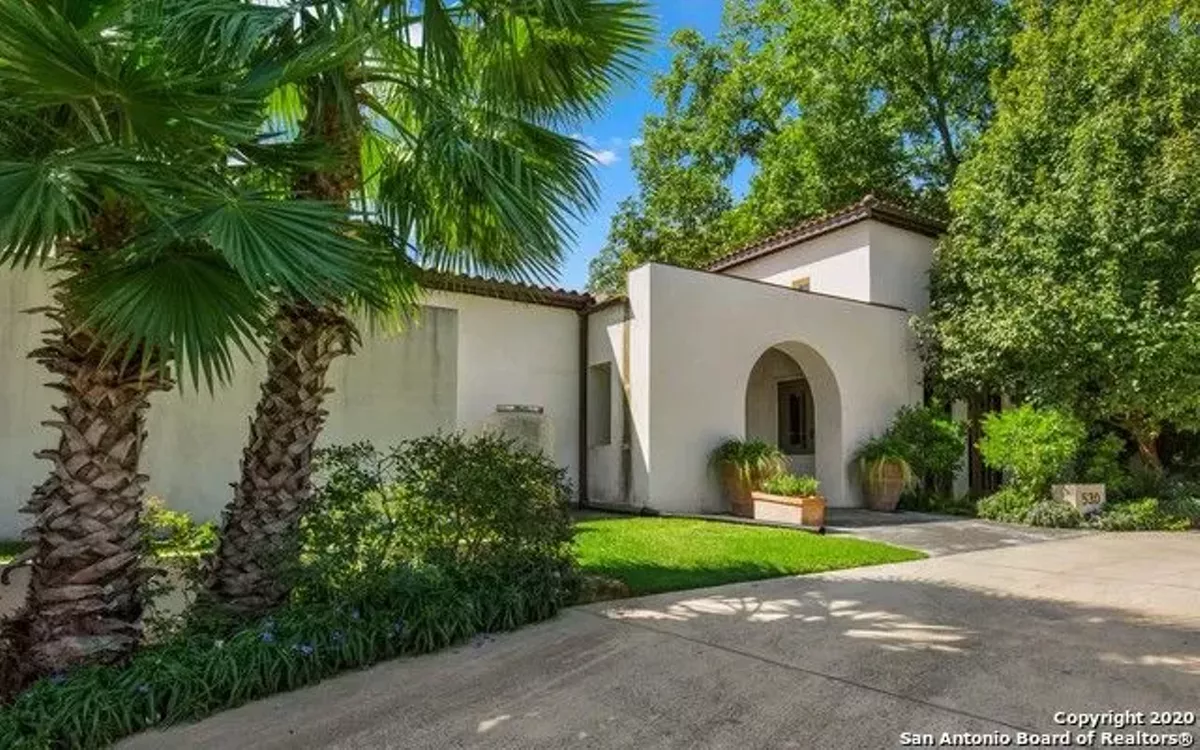These Photos Show San Antonio’s Long and Powerful History of Street Protests
Jeph Duarte June 20, 2020
By San Antonio Current Staff
It’s part of a long history of protest in the city that also includes workers’ rights struggles, pushes for racial integration and fights to win respect for marginalized communities. These actions moved our city forward by holding officials and businesses accountable — but there’s clearly much work still to be done.
Take a look at San Antonio’s radical history in these photos from UTSA’s Digital Collections.

Segregation Protest, 1955
An NAACP member protested segregation outside a Texas Theatre showing the film “Carmen Jones.” Segregation continued to discriminate against African-Americans until 1964.
Picketing City Hall, 1963
Two NAACP members, including Larry Burns (left), picketed outside of San Antonio’s City Hall to protest segregation.
San Antonio Laundry Strike, 1937
Seventy-eight employees protested San Antonio Laundry with heavily-worded umbrellas calling for fair treatment.
San Antonio Laundry Strike, 1937
Police arrested Aurora Vallejo as the American Federation of Labor led a strike against San Antonio Laundry. Despite pressure from the laundry company and the police, women continued to protest unfair treatment and low wages.
San Antonio Laundry Strike, 1937
A female laundry worker on strike tries to wrest open door of speeding truck carrying workers across the picket line.
San Antonio Laundry Strike, 1937
Picketers rushed on cars of workers entering San Antonio Laundry during strike. Police intervened but no arrests were made.
John F. Kennedy Visits San Antonio, 1963
NAACP members greeted President John F. Kennedy with signs protesting segregation during one of his Texas campaign stops. Kennedy was assasinated in Dallas two weeks later.
MAYO Protest, 1968
Protesters gathered at Our Lady of the Lake University with signs to criticize Captain Allee of the Texas Rangers. Allee’s tactics while dealing with previous protests were said to be biased, violent and brutal.
Southern Pecan Shelling Company Strike, 1938
Led by Emma Tenayuca, pecan shellers protested low wages and poor working conditions. Many protesters were gassed, beaten and arrested by San Antonio police, causing the strike to become a citywide uprising of San Antonio’s poorest and most oppressed citizens.
Southern Pecan Shelling Company Strike, 1938
A 1927 Ford Roadster pickup truck is decorated with slogans supporting the pecan shellers’ strike. An unidentified police officer is steering the car as it’s towed down the street following arrest of owner for violating a city sign ordinance.
Skip ad in
Workers Alliance Demonstration, 1937
This bird’s-eye view captured the citywide march protesting a scarcity of jobs in the area. The city was hit hard by the Great Depression, leading to an abundance of laid off workers.
Works Progress Administration Protest, 1937
Emma Tenayuca, fist held high, speaks to a crowd outside of City Hall following a parade protesting a scarcity of jobs within the Works Progress Administration.
Police confront protest of Communist Party meeting, 1939
An estimated 10,000 people protest and eventually riot against a small Communist Party meeting held by leader Emma Tenayuca in the Municipal Auditorium.
COPS Protest, 1975
Rev. Albert Benavides spoke to a crowd at the City Water Board Headquarters on Market Street about a hike in water rates.
Finck Cigar Factory Strike, 1933
Women wore banners pleading for better working conditions as they picketed their former employer. The strike against Finck Cigar Co. took place on Buena Vista Street.
Strike pickets outside of Shirlee Frock.
Women of the International Ladies Garment Workers Union strike for increased wages at Shirlee Frock.
CWA Bell Telephone Company Strike, 1985
Cesar Chavez picketed with protesters in support of the Bell Telephone Company Strike. Chavez was an extremely influential labor leader and civil rights activist who still inspires today.
Red Coach Lettuce Boycott, 1979
The United Farm Workers’ Union, led by Cesar Chavez, protested Red Coach Lettuce’s unfair wages. The boycotts, which ended in 1996, became one of the longest farm labor disputes in American history.
Handy Andy Store Protest, 1960
NAACP organized this protest for equal employment opportunity at Handy Andy grocery stores.
Rio Grande Valley Farm Workers March to Austin, 1966
Farm workers of Starr County march through San Antonio on a 400-mile trek to the capitol to petition for decent wages.
Skip ad in
Rio Grande Valley Farm Workers March to Austin, 1966
Farmworkers walked for two months from the Rio Grande Valley to the state capitol to protest wages and working conditions.
Rio Grande Valley Farm Workers March to Austin, 1966
Cities including San Antonio and Corpus Christi were stops along the march’s route.
Integration of Woolworth lunch counter, 1960
An image significant for the lack of protest, San Antonio’s Woolworth’s desegregated peacefully without incident following the lunch counter sit-ins in Greensboro, North Carolina and elsewhere. The integration happened thanks to interracial cooperation between church leaders, store managers and members of the NAACP. The uncertain future of the historic Woolworth building in the Alamo Plaza master plan has prompted conservation efforts by local activists and the World Monuments Fund.
1/23
Segregation Protest, 1955
An NAACP member protested segregation outside a Texas Theatre showing the film “Carmen Jones.” Segregation continued to discriminate against African-Americans until 1964.

















